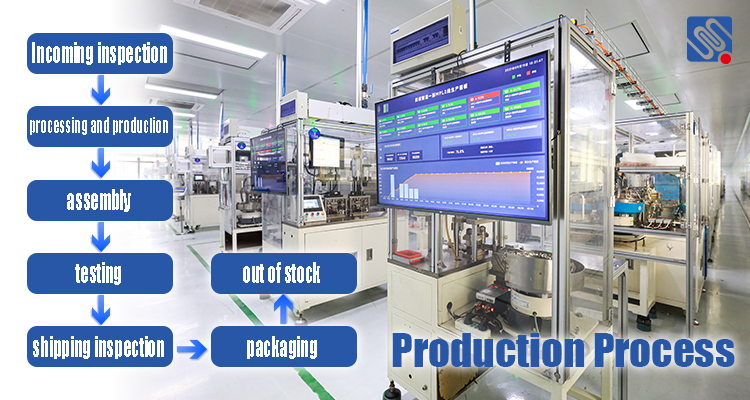Relay production is a fundamental part of the manufacturing process for electrical devices that control circuits through electromagnetic mechanisms. Relays are used across various industries, such as automotive, automation, telecommunications, and household appliances. Their primary function is to control a high-power circuit with a low-power signal. The process of relay production involves multiple steps, from designing the relay to assembling its parts and finally testing the final product. This article explores the crucial stages of relay production, focusing on design, material selection, assembly, testing, and quality control.

1. Designing the Relay The first stage in relay production is the design process. Engineers create detailed specifications that meet specific customer requirements and industry standards. During this stage, crucial aspects such as voltage, current, switching capacity, and operating time are determined. Relays come in various types, such as electromechanical relays (EMRs), solid-state relays (SSRs), and time-delay relays, each designed for different applications. The designer must also decide on the relay’s configuration, including the number of contacts and whether it should be normally open (NO) or normally closed (NC).